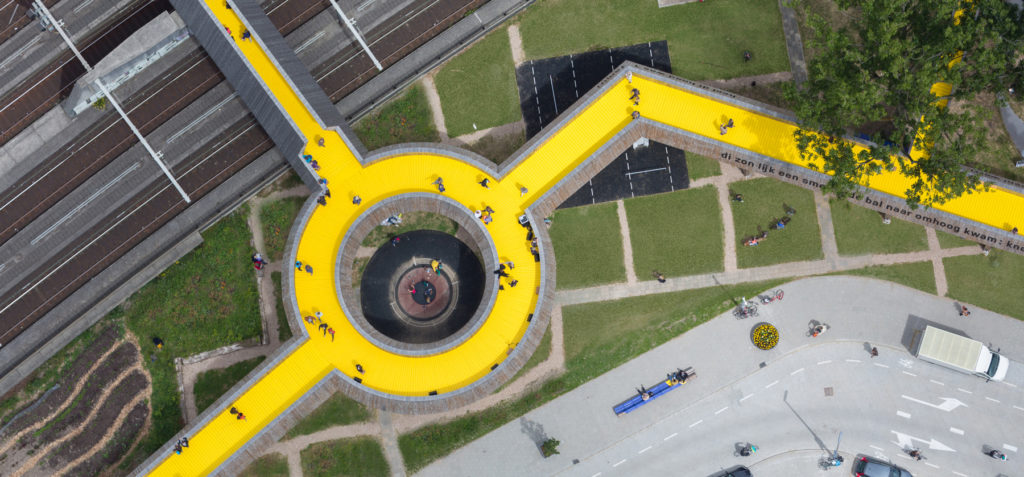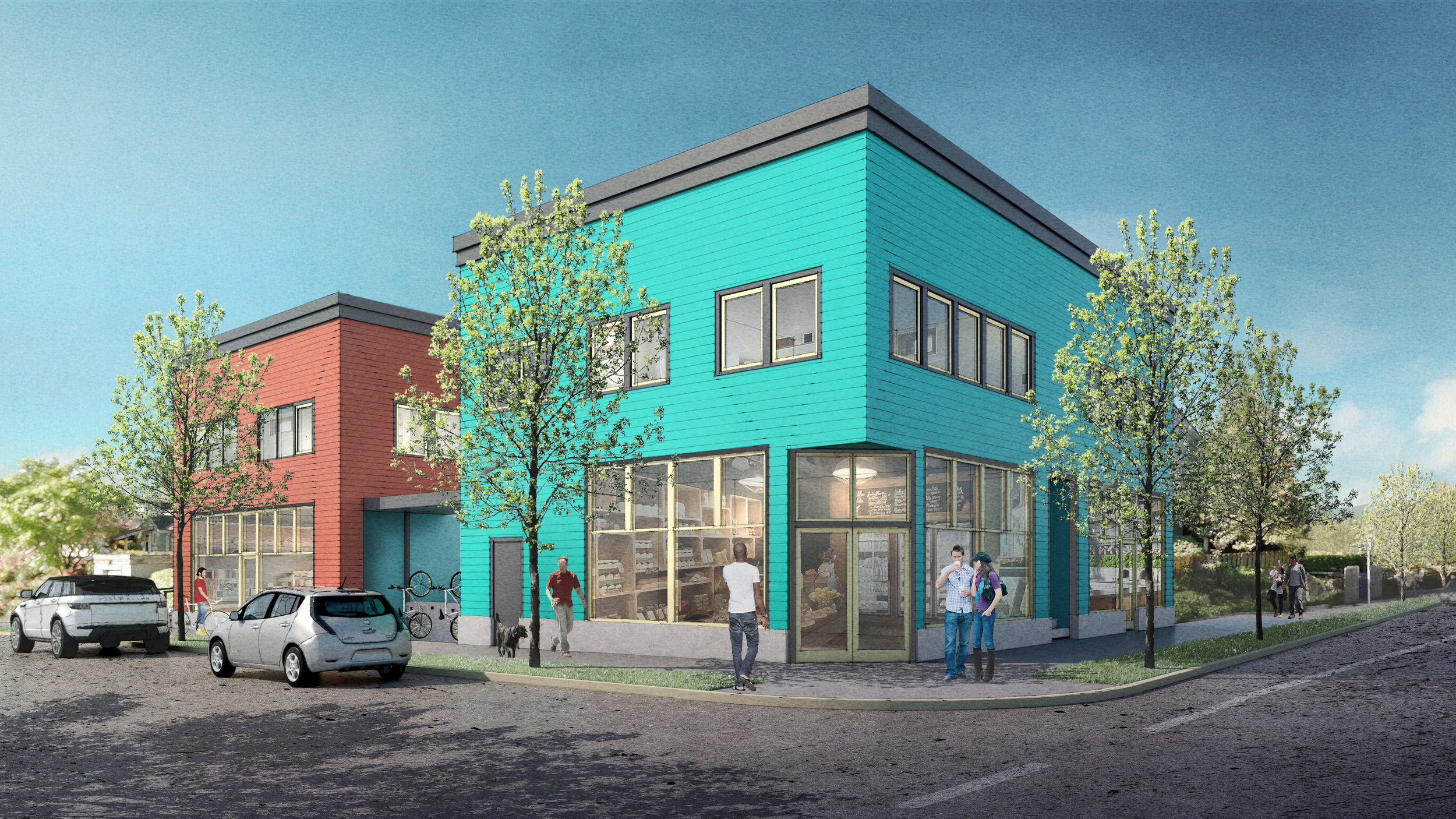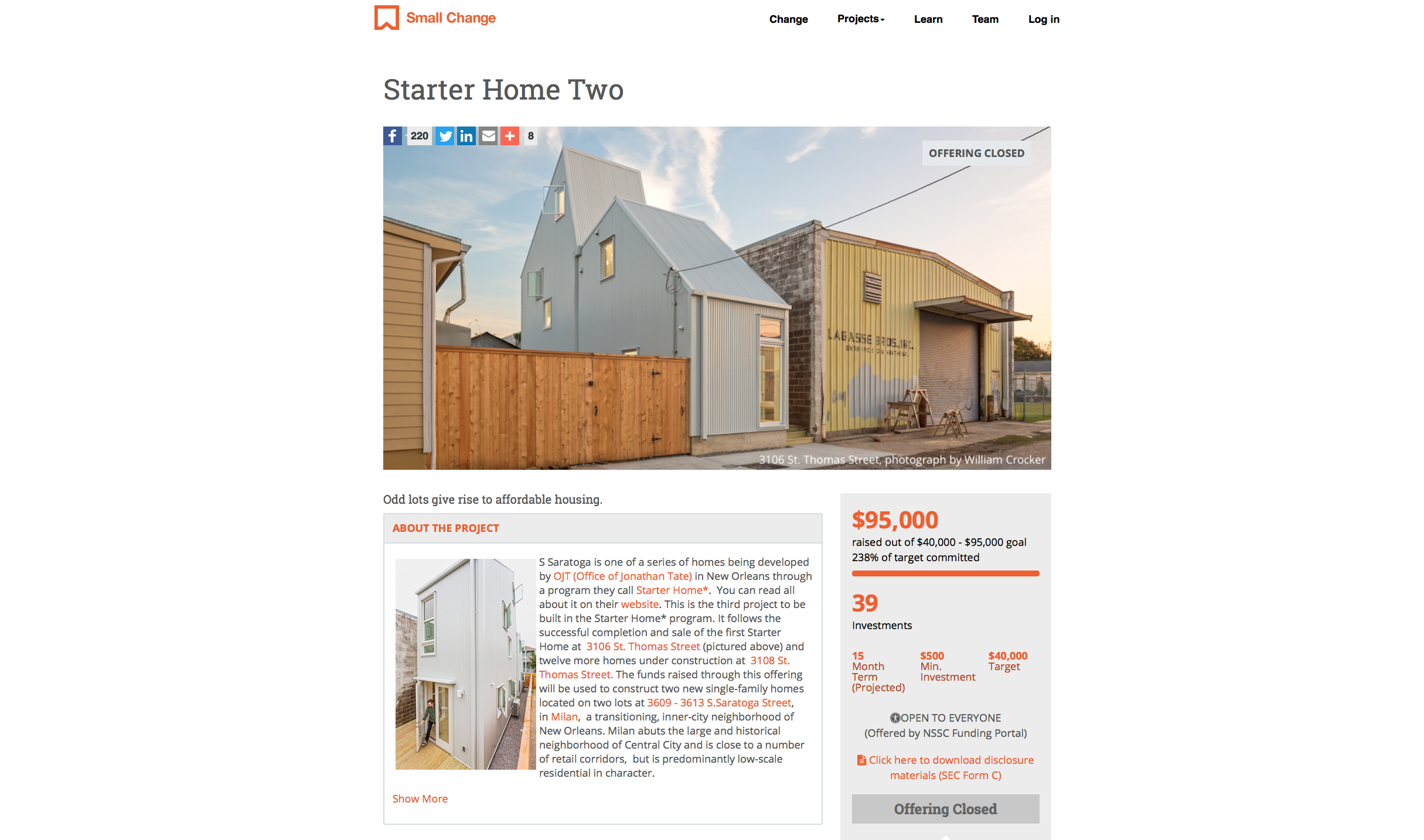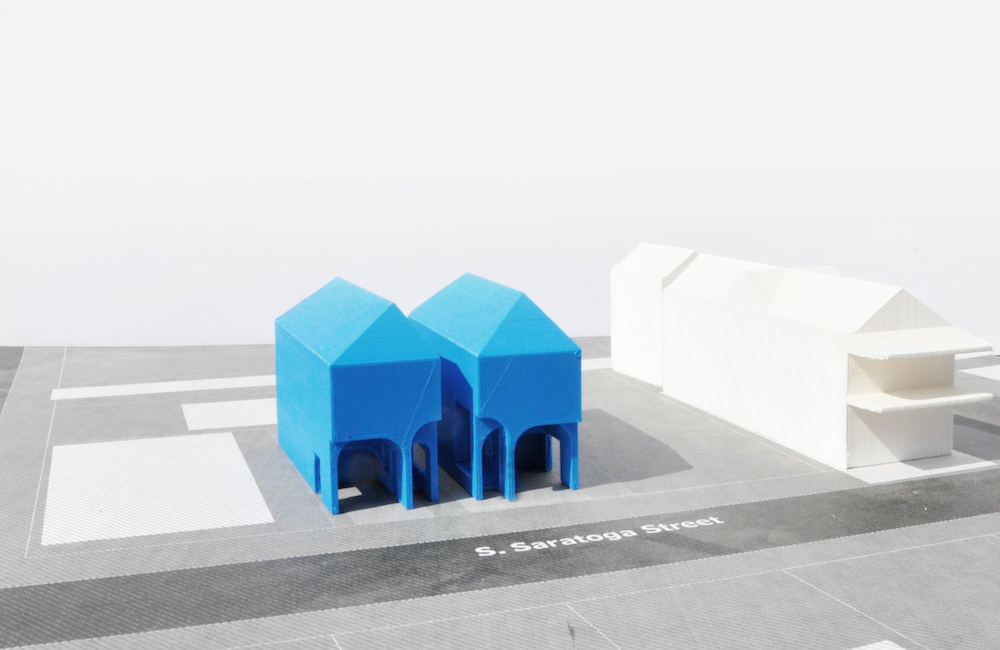Crowdfunding Architecture
Excerpt from the book Architect & Developer: A Guide to Self-Initiating Projects.

In the summer of 2011, a group of designers successfully completed a Kickstarter campaign to build a pool that also filters water in New York City’s East River. +Pool raised over $41,000 to become one of the first modern-day crowdfunding campaigns for architecture. Two years later, +Pool raised an additional $273,000 to be used for research in a second Kickstarter campaign and currently anticipates construction sometime in the near future. In the summer of 2015, a similar project in London, Thames Baths Lido, raised £142,000 on Kickstarter to build a pool in London’s River Thames. Extremely similar projects have since shown up in crowdfunding campaigns in Berlin, Chicago, Houston, Melbourne, and beyond. Most of these campaigns receive funds in excess of what they are searching for, yet it is rare that successful architecture campaigns are actually constructed. This begs two questions: what happens to that money, and can architecture be crowdfunded?
One of the first projects to be successfully built using crowdfunding as a financial mechanism is Luchtsingel, a 400m long pedestrian bridge in Rotterdam. In 2011, the architecture firm ZUS raised over €100,000 ($135,000 at the time) to develop the bridge by offering to CNC-route the name of any donor who contributed more than €25 onto planks of wood that would be used in construction. The crowdfunding campaign was successful because it showed local politicians both the public desire for the project and the willingness of the public to begin funding it. The local government subsequently contributed the remaining €4 million required for construction, and the project was completed in the summer of 2015. Crowdfunding was the catalyst for taking the architect’s initial idea and making it a reality.

In 2013, David Loewenstein, Philip Auchettl, and Jason Grauten were completing their thesis project for their Master of Architecture programs. Together, they proposed an urban park in downtown San Diego; the hipster-type with a dog park, biergarten, and concert venue that would exploit vacant city-owned land. After receiving a plethora of positive feedback from their proposal, they decided to give themselves six-months to make the student project a reality. They launched a Kickstarter campaign and raised $60,000 in the first 30 days to cover the initial administrative costs and to prove to private investors and the city that the community was serious about having such a place in their community. RAD LAB convinced the city to temporarily lease them vacant land on which a large condo development was scheduled to be built. David, Philip, and Jason then approached investors and raised funds to build the temporary project utilizing previously used shipping containers. They limited their initial capital costs by requiring each tenant to purchase the container and pay for the renovation using RAD LAB’s design. The tenant would then pay RAD LAB for the lease of the space, who would turn around and pay the city for the land. Completing the urban park took a lot of hustle and collaboration between the city of San Diego and many private investors, which Architect & Developer RAD LAB successfully mediated.

I sat down with Philip Auchettl of RAD LAB who discussed his experience. “We were going to be a placeholder for future development. We used shipping containers so we could pick everything up and move it to a new location. That way we could reactivate somewhere else when it came time to move. That was when people started to get excited. I think it made people in the community more open to the idea of it. Anything that is temporary, people seem willing to give it a go. Anytime someone wants to build a brick-and-mortar thing, people line up with their pitchforks.”

Kickstarter-type campaigns have created interesting ideas and possibilities, but few results considering the staggering amount of money raised. Donation-based crowdfunding can be used as a catalyst for obtaining conventional financing or government support, but what about crowdfunding architecture as an investment? Can an architect pull together small amounts of funds from various sources to finance a building? Up until recently the answer was “no.” The Securities Act of 1933 made it illegal to market shares of unregistered securities such as interests in real estate development, which meant that people seeking capital were unable to publicly state that they were raising money for investment purposes to finance a project. The JOBS Act changed this and made crowdfunding architecture possible.

In 2012, Congress passed the Jumpstart Our Business Startups Act, more commonly known as the JOBS Act. This has allowed crowdfunding to permeate into real estate. You no longer have to rely on personal relations or country club connections to pull together a deal. You can put together an offering online that outlines a project you intend to develop with the intent of luring any investor, big or small. Prior to the JOBS Act, investors were required to have a net worth of $1 million or an income of $200,000 per year in order to participate in similar investments. Now, people of any income bracket are able to invest in a project, though there are limits set by the Securities and Exchange Commission (SEC) based on a combination of net worth and income levels. By imposing these types of restrictions, the SEC tries to protect smaller investors from risks they cannot bare, which could have devastating effects on the economy if a large portion of the population were to take part in high-risk activities.

A recent report from the Cambridge Judge Business School has shown tremendous growth in real estate crowdfunding. In 2013, online platforms generated $43 million in investments. By 2015, this had increased to $468m per year. As the more than 125 American based real estate crowdfunding platforms gain momentum, serious money is being invested in real estate in a more grassroots way than we have ever seen before. The industry is still adapting and finding its groove.

Two exemplary architects have successfully used the JOBS Act to help finance projects: Kevin Cavenaugh of Guerrilla Development, and Jonathan Tate of OJT. Kevin recently completed his second successful raise, and completed construction on his first crowdfunded project, both located in Portland, Oregon. Kevin was interested in trying a new pathway of financing that would allow him to develop his projects without the bank meddling in the process. “In 2009, I was really mad at banks,” mentioned Kevin when I spoke with him about his work. “Crowdfunding was this neat way to minimize the seat at the table of the lender.” In his first project, the Fair-Haired Dumbbell, he raised $1.5 million from regular people who were not accredited investors across five states. To do this, he spent 15-months and $200,000 in attorney’s fees to successfully complete the required SEC process in order to crowdfund the project. It wasn’t easy.

Kevin’s second project, Jolene’s First Cousin, raised $300,000 in three days through a different route. Kevin took advantage of an exemption from SEC registration under Section 504 of Regulation D, which permitted him to raise money exclusively in the state of Oregon through the Oregon Intrastate Offering (OIO). This allowed him to avoid the expense and bureaucracy of the SEC, but limited him to pursuing investors within a single state. The second project also allowed him to test his suspicion that investors would accept a lower return of 5 percent if investors knew their investment would fund a social cause; in this case, low-income housing for homeless people. Jolene’s First Cousin was so popular that investors funded it in three days! Kevin has been able to prove that crowdfunding is a viable pathway to create a project. It required a lot of legal legwork, upfront costs, and time. It did, however, result in a viable financial path forward. This is real money. Big Money. Take a look at the Fair-Haired Dumbbell and Jolene’s First Cousin crowdfunding videos. They are really entertaining, and also explain how participating investors receive distributions and the risks involved in the investment.
Kevin used his own platform to crowdfund the equity for his projects. This required him to deal directly with the SEC, the OIO, and all the bureaucracy therein. Jonathan Tate used a different strategy. He partnered with a third party platform, Small Change, who was already accredited by the SEC to raise funds through Regulation D and Regulation CF, which are the new parts of the JOBS Act that have only recently been available. I sat down with Jonathan to discuss the work he was doing as an Architect & Developer. “The hopes of the Reg CF is that there is an enormous untapped investor pool,” mentioned Jonathan. “The point of the JOBS Act was to get everyday individuals involved in this. I do think there is a lot of potential out there, but it needs to build up some momentum and visibility. Most people don’t understand what this is.” By going through Small Change, Jonathan was able to limit his required involvement with the SEC. He only had to supply the offering information, and Small Change took care of the rest.
All three of these projects still used a construction loan from a local bank. Neither Kevin nor Jonathan used crowdfunding for the entire amount. The crowdfunding was used as the mezzanine debt in the capital stack. In each case, this limited the equity that Kevin and Jonathan would have otherwise had to supply. In Jonathan’s case, his capital stack was $20,000 of sweat equity, $95,000 of crowdfunding, and the balance in the construction loan. “Essentially, the money that we are asking for is the equity requirement for the construction loan,” explained Jonathan. “It is 20 percent of the construction loan. But the rest of it shows up as our own contribution. We have money in the land and in soft costs. We are not reimbursing our services until the end when we sell everything. There is a preferred interest for the investors, and then they get a share of the upside afterward.”

Regulation CF of the JOBS Act offers the best opportunity to crowdfund architecture today. Partnering with a platform like Small Change is the most strait-forward path to get started. Kevin, Jonathan, and Philip all love the architect as developer business model. It allows the architect to have more control and gives the ability to design not only the project, but the process. “I believe that we learn a lot as architects and as developers,” reiterates Kevin. Crowdfunding architecture is one of the most unique ways to act as an Architect & Developer. I believe that the crowdfunding sector of real estate will quickly explode to a point of saturation by standard mediocre developers. I hope that more architects lead the way for a better future.

For more information on architects self-initiating work, see the book Architect & Developer: A Guide to Self-Initiating Projects.